A World of Silence: Exploring Careers Where Communication is Primarily Non-Verbal
Related Articles: A World of Silence: Exploring Careers Where Communication is Primarily Non-Verbal
Introduction
In this auspicious occasion, we are delighted to delve into the intriguing topic related to A World of Silence: Exploring Careers Where Communication is Primarily Non-Verbal. Let’s weave interesting information and offer fresh perspectives to the readers.
Table of Content
A World of Silence: Exploring Careers Where Communication is Primarily Non-Verbal
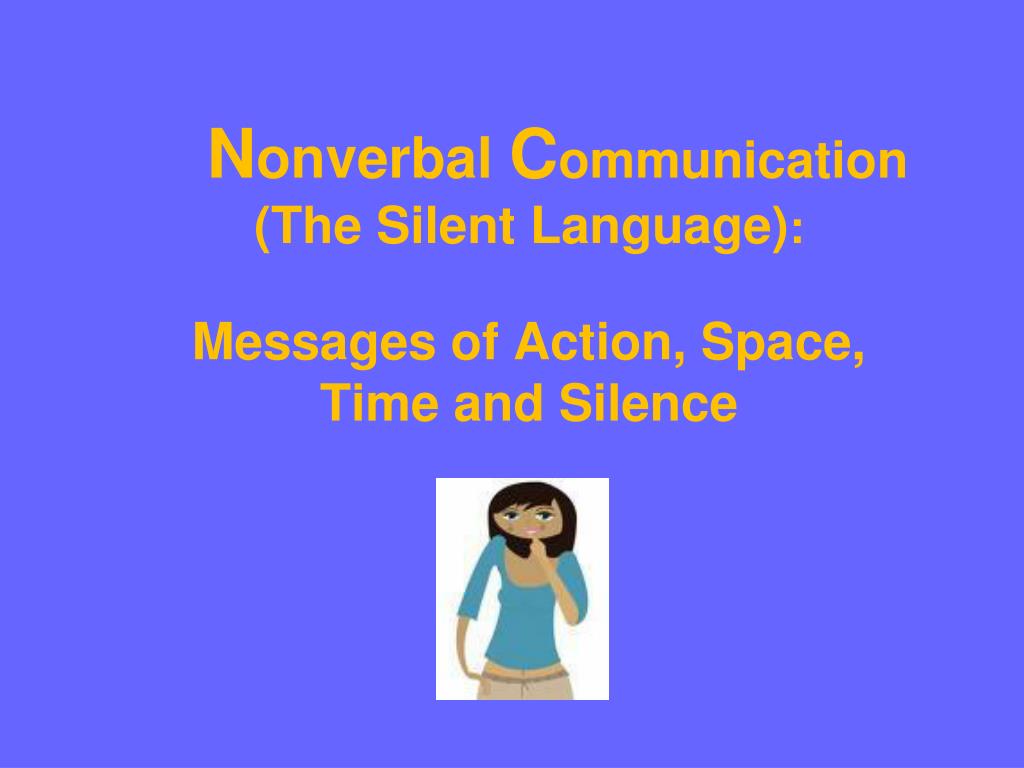
While the majority of professions involve frequent verbal communication, a surprising number of career paths exist where the primary mode of interaction is non-verbal. These roles, often overlooked in traditional career discussions, offer a unique environment for individuals who find verbal communication challenging or prefer a quieter work environment.
Understanding the Appeal of Silence in the Workplace
For some, the prospect of a career where verbal communication is minimized holds significant appeal. This can stem from various factors:
- Social Anxiety: Individuals with social anxiety may find verbal interaction stressful, leading them to seek professions where communication is primarily non-verbal.
- Introversion: Introverts often derive energy from solitude and may find a quieter work environment more conducive to their productivity and well-being.
- Sensory Sensitivities: Certain individuals may be sensitive to loud noises or crowded environments, making a career with minimal verbal interaction a more comfortable choice.
- Focus and Concentration: Some professions require a high degree of focus and concentration, which can be hindered by constant verbal communication.
Exploring the Landscape of Silent Careers
While the idea of a completely silent workplace is largely a myth, several professions offer a significantly reduced need for verbal interaction. These roles often involve:
- Data Analysis and Research: Data analysts, researchers, and statisticians spend a significant portion of their time working with numbers and data, requiring minimal verbal communication. Their primary communication often occurs through reports, presentations, and written documentation.
- Technical Writing: Technical writers translate complex technical information into clear and concise documentation for users. This role primarily involves writing, editing, and collaborating with engineers and developers.
- Computer Programming: Software developers and programmers spend most of their time working independently, translating complex logic into code. While communication is essential during project planning and collaboration, the majority of the work is done in silence.
- Graphic Design and Visual Arts: Graphic designers and visual artists communicate primarily through their creations, using visual elements to convey ideas and messages. Their interaction with clients and colleagues often involves presentations and visual demonstrations.
- Photography and Videography: Photographers and videographers often work independently, capturing moments and stories through their lenses. Their communication is primarily through their visual work, with minimal verbal interaction during shoots and editing.
- Wildlife Biology and Conservation: Wildlife biologists and conservationists often work in remote areas, studying and monitoring animal populations. Their communication is primarily through observation, data collection, and written reports.
- Forestry and Environmental Management: Foresters and environmental managers spend a significant amount of time outdoors, managing forests, monitoring ecosystems, and conducting research. Their communication often involves data analysis, report writing, and collaboration with other professionals.
- Librarianship: While librarians interact with patrons, a significant portion of their work involves organizing, cataloging, and researching information. They often communicate through written materials, library systems, and online resources.
- Security and Surveillance: Security guards and surveillance professionals often work in quiet environments, monitoring cameras, patrolling areas, and responding to incidents. Their communication primarily involves written reports, security protocols, and emergency procedures.
- Machine Operators and Technicians: Machine operators and technicians often work in factories and manufacturing facilities, operating machinery and performing maintenance tasks. Their communication is primarily through visual cues, instructions, and technical manuals.
FAQs: Unveiling the Nuances of Silent Careers
Q: Do these jobs completely eliminate verbal communication?
A: No, while these roles minimize the need for verbal interaction, communication is still essential in various forms, including written documentation, email, and presentations.
Q: Are these jobs suitable for everyone who dislikes talking?
A: While these roles offer a reduced need for verbal communication, they often require strong written communication skills, attention to detail, and the ability to collaborate effectively with others.
Q: Are these jobs considered "low-skill" or "unskilled"?
A: Many of these roles require specialized skills, knowledge, and training. They often involve complex problem-solving, technical expertise, and a high level of focus and concentration.
Q: What are the potential downsides of these careers?
A: Some individuals may find the lack of social interaction isolating or find the nature of the work repetitive or monotonous. Additionally, some roles may involve long hours, demanding schedules, or working in challenging environments.
Tips for Finding a Silent Career
- Explore your interests and skills: Identify areas that align with your skills and passions. Consider your natural strengths and areas where you excel.
- Research specific roles: Explore job descriptions and online resources to understand the communication requirements of various professions.
- Network and seek advice: Connect with professionals in fields that interest you to gain insights into their experiences and the demands of the work.
- Develop your non-verbal communication skills: Strengthen your ability to communicate effectively through written materials, visual presentations, and other non-verbal forms.
- Be prepared for a learning curve: Many of these roles require specific training and experience. Be prepared to invest time and effort in acquiring the necessary skills.
Conclusion: Embracing the Quiet Path
For individuals seeking a career path where verbal communication is minimized, a world of opportunities awaits. From the meticulous world of data analysis to the creative realm of graphic design, these professions offer a unique blend of challenge, fulfillment, and a quieter work environment. By carefully exploring these options and developing the necessary skills, individuals can find a career path that aligns with their preferences and allows them to thrive in a world of silence.
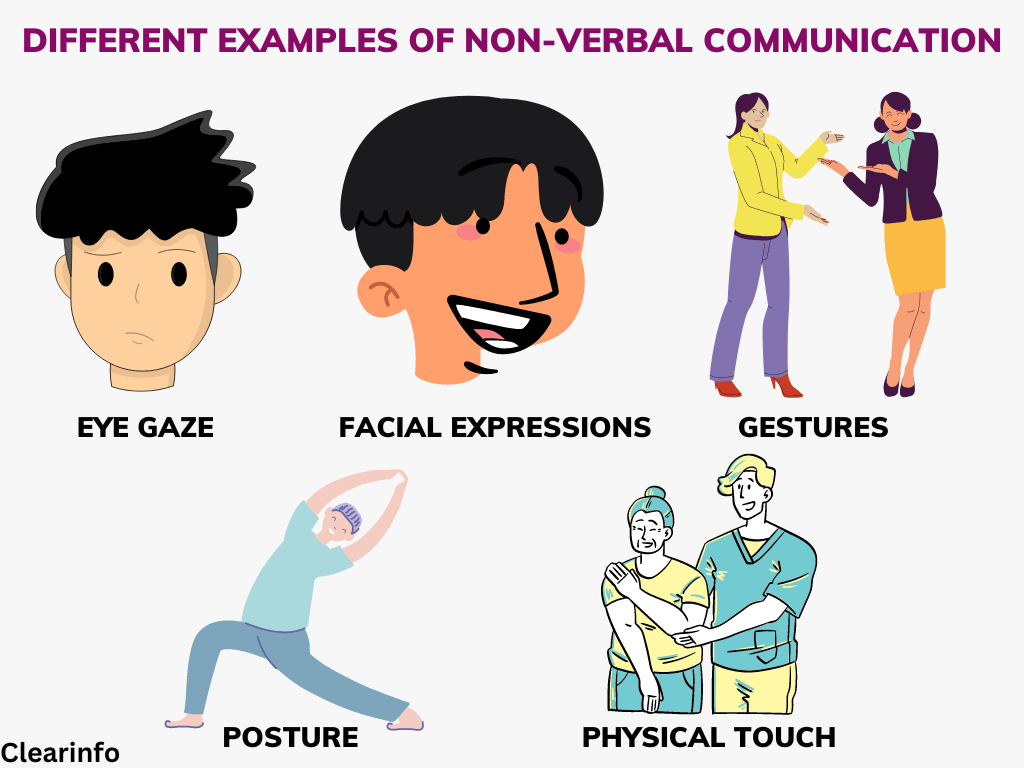
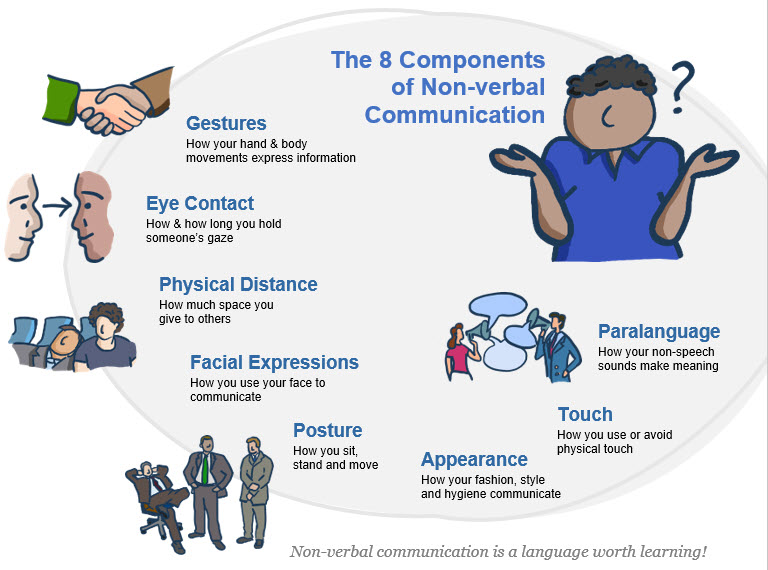
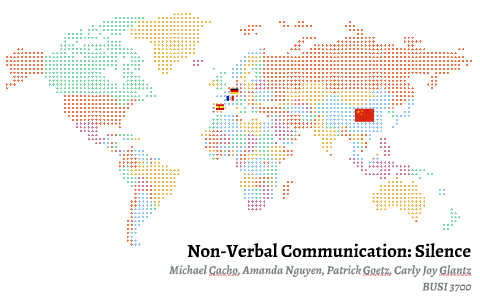

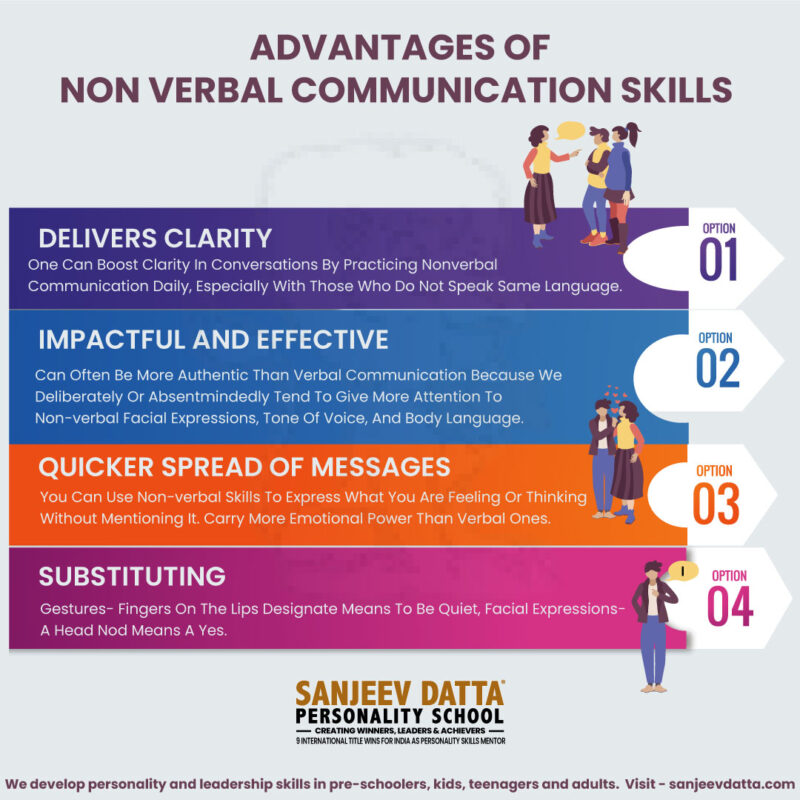
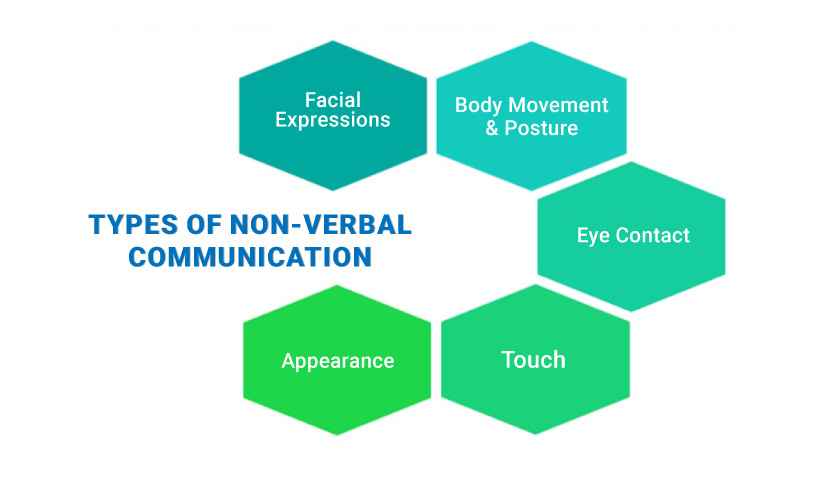

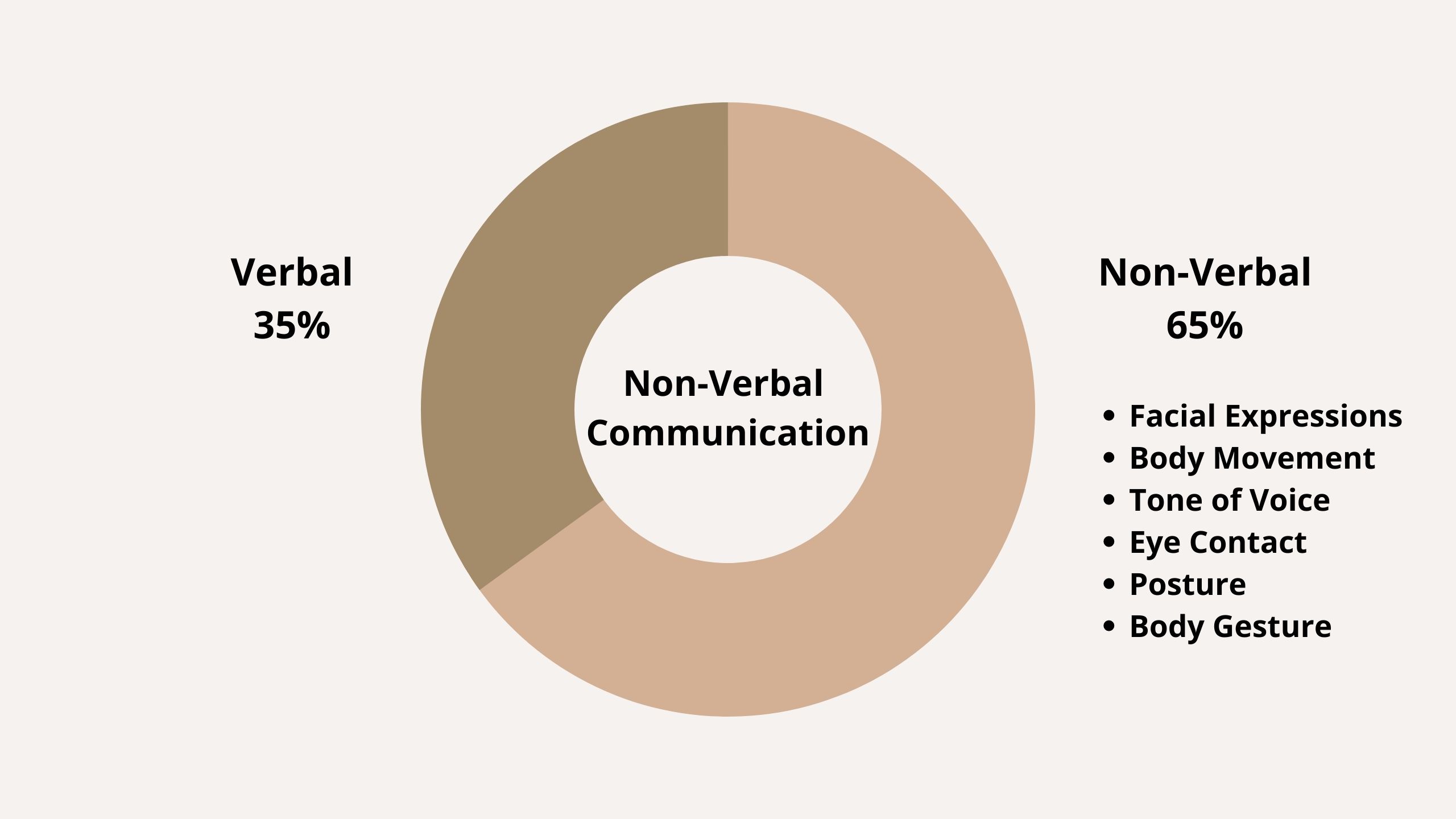
Closure
Thus, we hope this article has provided valuable insights into A World of Silence: Exploring Careers Where Communication is Primarily Non-Verbal. We thank you for taking the time to read this article. See you in our next article!
